Female Pattern Hair Loss (FPHL), also known as androgenic alopecia, is a common cause of hair thinning in women. While it progresses differently than male pattern baldness, it can significantly affect self-esteem and quality of life.

Hormonal imbalances in females can cause hair loss by disrupting the hair growth cycle and weakening follicles. Conditions such as polycystic ovary syndrome (PCOS),
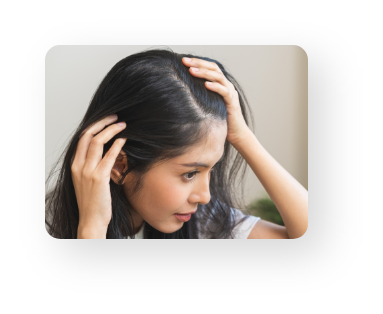
Genetic hair loss in females, known as female pattern hair loss (FPHL) or androgenetic alopecia, is a hereditary condition that causes gradual thinning.
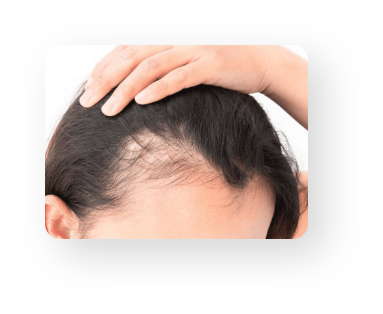
Nutrient deficiencies in females can lead to hair loss by weakening hair follicles and disrupting the growth cycle. Deficiencies in iron, vitamin D, biotin, zinc.
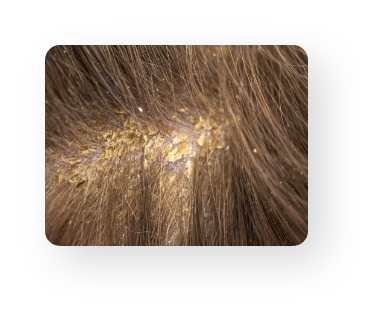
Stress-related hair loss in females, known as telogen effluvium, occurs when physical or emotional stress disrupts the hair growth cycle, pushing more follicles into the shedding phase.

Thyroid disease in females disrupts the hair growth cycle, leading to excessive shedding and thinning. Hypothyroidism slows metabolism, reducing hormone production essential for hair follicle.
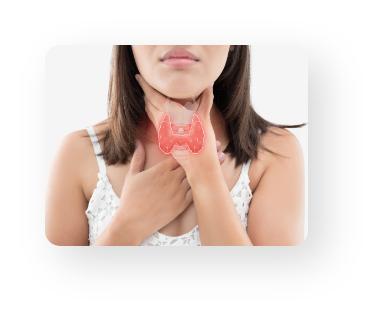
causes hair loss in females due to an excess of androgens, particularly dihydrotestosterone (DHT), which shrinks hair follicles and shortens the growth phase.


The Truth Regarding
Hair Patch


Cheap Hairloss Treatment
A Threat to the Hair and You


PRP Face Facial
Detail you should know

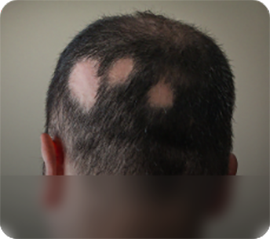
Thing You Need to Know
About Alopecia Areata

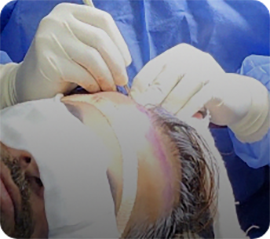
Long Hair
Tranplant


How PCOD Affect
Your Skin

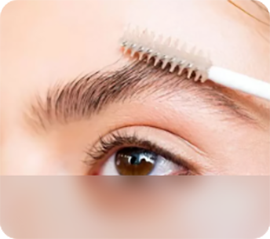
Eyebrow
Transplant


Hair Care Mistakes
To Avoid This Winter

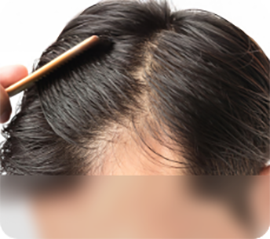
Facts About New Hairline
After Restoration


Dyeing Hair with Psoriasis
9 Things to Know First

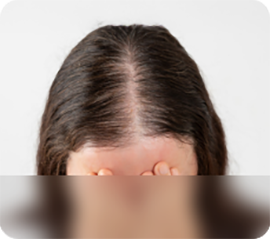
Hair Thinning
Causes and Cure


Can Stress Cause
Hair Loss
